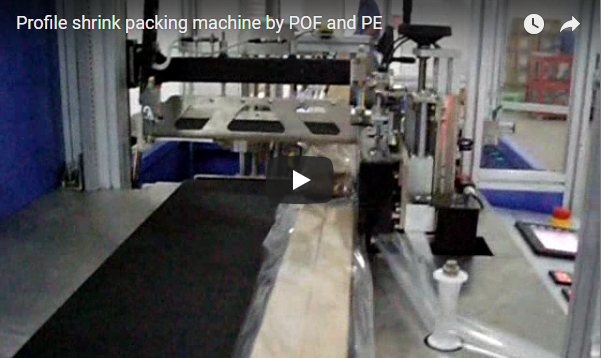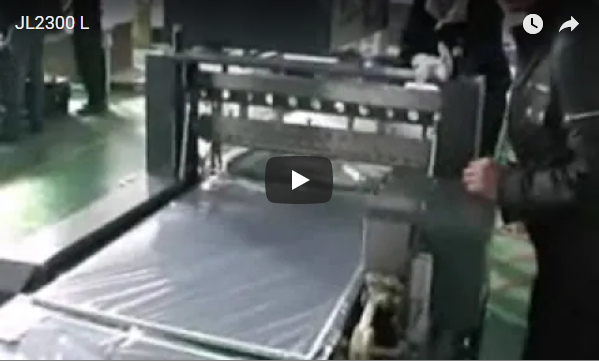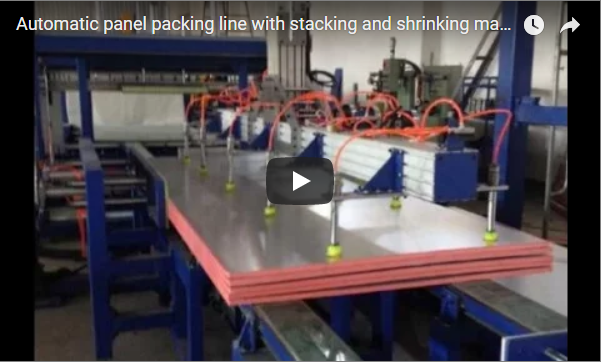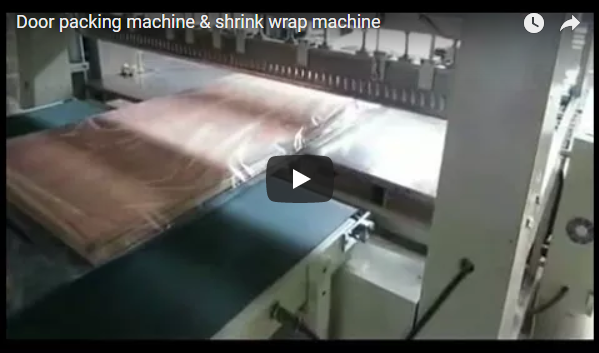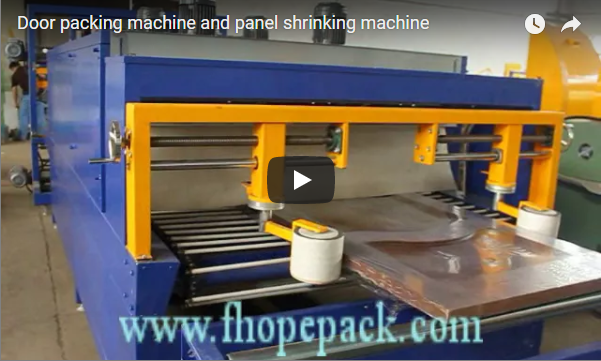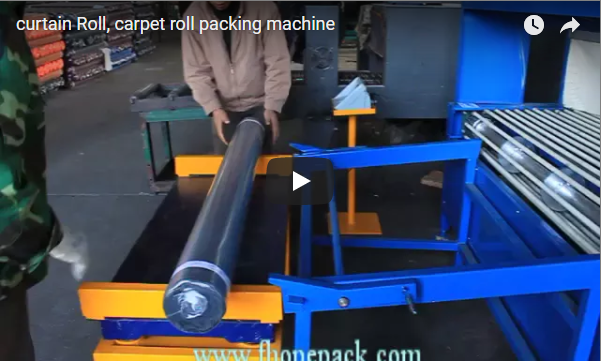Revolutionizing Beverage Packaging: The Automatic Side Seal Shrink Wrapping Machine
In the fast-paced beverage industry, efficiency, product protection, and shelf appeal are paramount. Packaging plays a critical role, acting as the final touchpoint before a product reaches the consumer. Among the advanced solutions available, the automatic drink bottle side sealing shrinking machine stands out as a cornerstone technology for achieving high-quality, high-speed secondary packaging.
This type of equipment, often referred to as an automatic side seal shrink wrapper, is specifically engineered to automate the process of wrapping individual or grouped beverage containers (like bottles or cans) in protective, aesthetically pleasing shrink film. As highlighted in packaging industry reports, such automation is crucial for manufacturers seeking to optimize throughput, reduce labor costs, and maintain consistent package quality.
Understanding the Technology: How Side Seal Shrink Wrappers Operate
The sophistication of these machines lies in their seamless integration of multiple processes. Drawing insights from packaging machinery patents (e.g., related to continuous motion sealing mechanisms) and operational best practices, a typical workflow includes:
1. Automated Infeed and Collation
Products, typically drink bottles arriving from the filling line, are automatically transported via conveyor systems. Integrated sensors and guides ensure precise positioning and grouping according to predefined configurations (e.g., 6-packs, 12-packs, single rows). This stage is critical for maintaining continuous operation and preventing bottlenecks.

2. Precision Film Handling
A roll of shrink film, often a high-clarity Polyolefin (POF) material favoured for its strength, shrink properties, and recyclability (as noted in polymer science publications), is mounted on an unwinding system. The machine automatically dispenses the required amount of film.
3. Continuous Side Sealing
This is a defining feature. Unlike L-bar sealers, side seal machines create a continuous seal along the side of the package as it moves through the machine. This allows for wrapping products of virtually unlimited length. A cross-seal bar then seals the front and back of the package, fully enclosing the product group within a film sleeve or bag. Advanced systems utilize precisely temperature-controlled sealing blades for consistent, strong seals without damaging the film or product.
4. Film Trimming and Scrap Removal
Excess film resulting from the sealing process is automatically trimmed and collected by a scrap rewind system, ensuring a clean package appearance and minimizing waste.
5. High-Efficiency Shrink Tunnel Application
The loosely wrapped package proceeds into a controlled-heat shrink tunnel. Research in thermal dynamics and airflow management has led to highly efficient tunnel designs that ensure uniform heat application. This precisely controlled heat causes the shrink film to contract tightly around the contours of the bottles, creating a secure, unitized pack. Key parameters include:
- Temperature Control: Precise PID controllers maintain optimal heat.
- Airflow Dynamics: Variable speed blowers ensure even heat distribution for consistent shrinkage.
- Conveyor Speed: Adjustable to match film type and product requirements.
6. Controlled Cooling and Discharge
Immediately after exiting the tunnel, the package often passes through a cooling zone. This rapidly sets the film, maintaining the tight wrap and package integrity. The finished, professionally wrapped bundles are then discharged onto an output conveyor, ready for palletizing, storage, or distribution.
Key Technical Parameters and Advantages
Modern automatic side seal shrink packing machines offer a range of features and capabilities:
Typical Specifications:
- Sealing Type: Continuous Side Seal + Intermittent Cross Seal
- Packaging Speed: Variable, ranging from 20 to 60+ packs per minute depending on model and product size.
- Maximum Package Dimensions: Highly variable based on machine configuration (Length is often unlimited due to side seal).
- Film Types: Compatible with Polyolefin (POF), Polyethylene (PE), PVC shrink films.
- Control System: PLC (Programmable Logic Controller) with HMI (Human-Machine Interface) touchscreen for ease of operation and parameter adjustment.
- Power Requirements: Typically 220V/380V, 3-Phase.
Core Benefits for Beverage Manufacturers:
- Enhanced Throughput: Significant increase in packaging speed compared to manual or semi-automatic methods.
- Reduced Operational Costs: Lower labor requirements and optimized film consumption contribute to cost savings.
- Superior Product Protection: Provides a tamper-evident seal and protects bottles from dust, moisture, and scuffing during transit and handling.
- Improved Shelf Appeal: High-clarity film and a tight, uniform wrap enhance product visibility and brand presentation.
- Packaging Versatility: Easily adjustable to accommodate different bottle sizes, counts, and collation patterns.
- Process Consistency: Automation ensures every package meets the same high-quality standard.
Conclusion: Investing in Packaging Excellence
The adoption of automatic side seal shrink wrapping technology represents a strategic investment for beverage producers aiming for operational excellence and market competitiveness. These machines deliver not just efficient packaging, but also enhance product integrity and brand perception. By leveraging precise control systems, advanced sealing technology, and efficient shrink application, manufacturers can ensure their products are securely packaged and ready to capture consumer attention on the shelf. Integrating such systems is a key step towards future-proofing beverage packaging operations.

